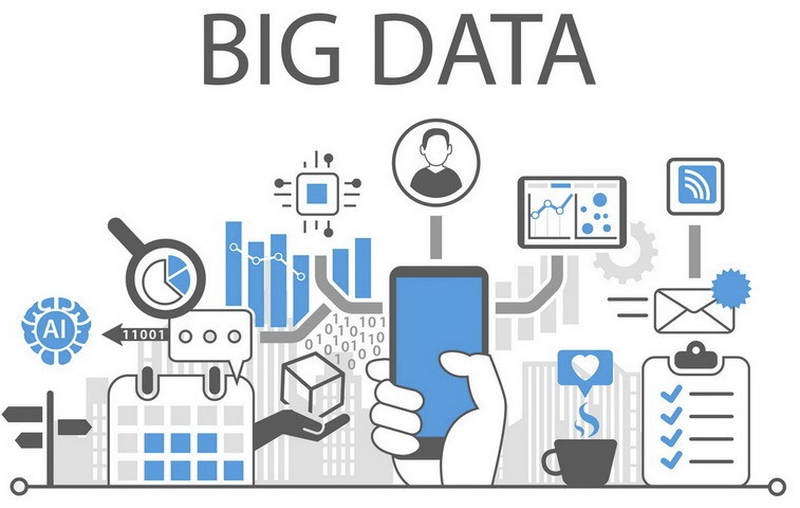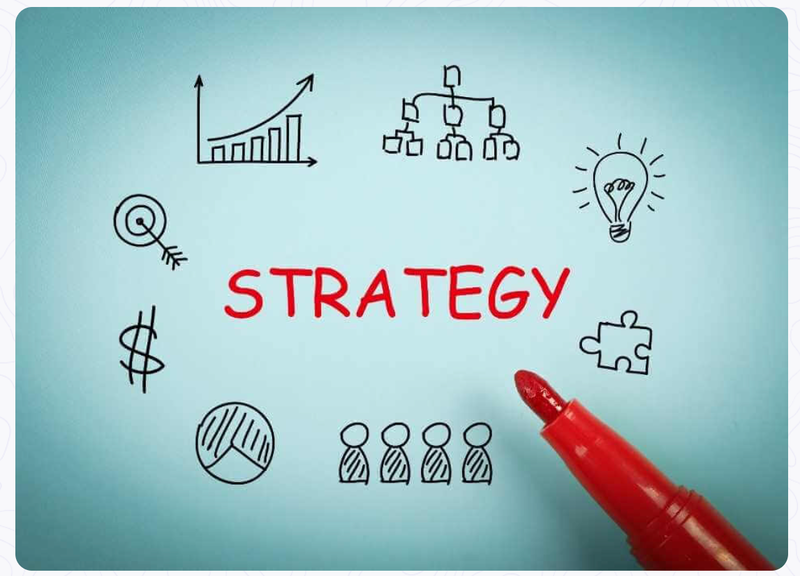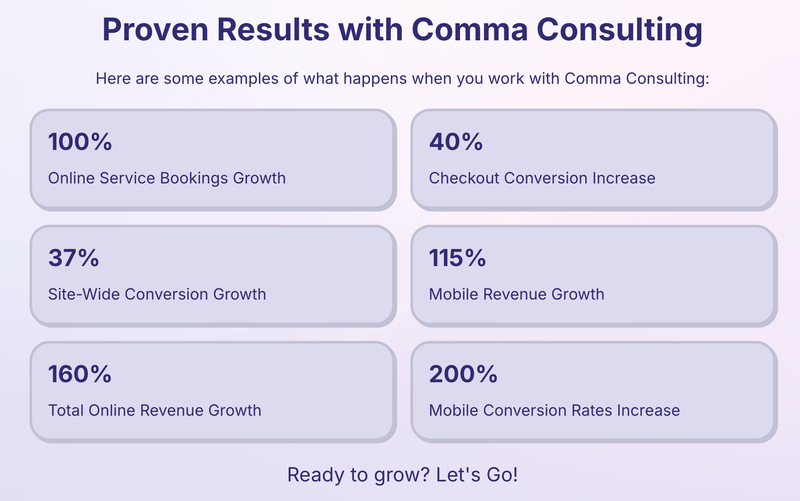
When businesses work through an eCommerce replatform project, or investment is put into fixing the existing eCommerce channel, there are teams of people dedicated to the digital tasks at hand.
However, fixing/replacing/enhancing the eCommerce channel is only part of what needs to be done to fully leverage the opportunity. The other "part" is preparing the business: "business preparedness".
This "business preparedness" is called many things, most commonly "Business Transformation" but let's do away with that scary term and simply call it what it is. It's the process of massaging your business in a way that wraps it's business structure and resources around the eCommerce channel.
Physical Retail Example:
To help get this clear in your mind, consider a physical retailer with 200 physical stores around the country.

There will be a head office entity in place and its entire existence is designed to support the physical stores in every way possible to drive sales and success from each location. Now imagine that structure, the resources, the investment, and the business processes being spun around and designed to drive success for the eCommerce channel.
You need to look no further than the likes of Warby Parker and Casper to see other disruptive retailers who have done exactly this. They are perceived as being "disruptors" but all they did was flip the retail model and focus their business structures around the online channel first, and physical retail second. They are now the clear retail-leaders in their space.

Transformation Brings Business Cohesion?
The need to run an iterative business transformation process in parallel with any form of eCommerce enhancement project delivers cohesion and tight alignment between the the digital and physical. Think about it this way...
The enhanced eCommerce channel is meant to be designed to improve its connectedness to two different entities....
- Your Customers and,
- Your Business
The current version of your business is designed to respond and react to the current version of the eCommerce channel. The new and improved eCommerce channel will bring new things the business was never previously prepared to deal with, such as....
- New levels of business performance (higher volume of sales)
- New challenges as a result of new levels of business performance: such as out of stock issues, and business capacity issues
- New types of customer enquiries/questions (new experiences brings new questions)
- Different impacts on other departments: sales, the physical store network, customer support
The "6 P's" design the right type of change:
A proven "Transformation Methodology" was born and is a highly collaborative process. Together, we build and design an iterative, evolutionary plan that prepares a business to harness the opportunity that comes from driving growth both in the online channel and in store sales. online opportunities.
If this transformation/evolution does not happen, the result is operational chaos, which introduces the risk of reducing business profitability.
The "6 P's":

Below is a high-level summary of what the "6 P's" look like and why they all contribute to the right type of business change.
#1. Predict:
There are two sub-steps to this:
A: We first work together to take existing business performance data and conservatively predict the performance lifts that will come once the new online channel is live and working. This is one of the benefits of collaborating with a specialist in the eCommerce channel and in business transformation.

B: From the array of predictions made, we plan ahead and define what will happen once these increases hit the business in its current state.
This forms the basis for a business case for change and sets the foundation for preparedness planning.
#2. Plan:
Based on the "Predictions" (in the first "P"), an "alternative business reality" is created. This illustrates what the business must look like to handle what's coming.
The "Plan" explains how to mitigate the risks identified in the "Prediction" step. The output of this "Planning" step is defining a "Phase 1 Evolution", which outlines the first batch of changes, including...
- New workflows, new processes
- Introduction of new resources (people and software)
- Potential new restructuring of department roles

A subset of this is to identify the best way to monitor all changes (once they are in place) to ensure they are working to the new standard. These will be business-specific KPIs.
#3. Prepare:
This is the step where a "Phase 1" transformation scope is agreed on (from the "Plan"), and the business starts to prepare for the change. This is the step where the plan is put into action.
The pace of the execution of this first phase is (ideally) in alignment with the completion of the Replatform project timeline (or whatever enhancements are being applied to the online channel).
#4. Practice:
In preparation for the new online channel, the business sets up scenarios (based on the predictions) and allows the business to run the "new state" ahead of time.
This is where the business can see some or all of the new changes in action in a "safe/closed test environment." The output of this "Practice" step is to monitor and modify any new processes (or business changes) that do not produce the desired result.
The alternative is to put the new changes live before the replatform project is completed. This allows time for the changes to be embedded into the business before the new online channel goes live.
There is always a teething period when changes are implemented. Working through the teething process before the business performance increases is one way to de-risk the business's evolution.
#5. Put live:
The business agrees on a "Hard Go Live" date, on which all the business will launch the change. As stated earlier, the ideal time for this is in alignment with when the new online channel is live.

#6. Post Live Audit:
As part of the "Planning" step, it is necessary to define how best to monitor how the business change is operating in the context of delivering business-wide value and supporting the new online channel.
This step involves close monitoring of these KPIs. This is crucial for two reasons.
- The business needs immediate quantitative and qualitative feedback to determine if the changes add value.
- This data becomes proof to stakeholders that the investment is showing clear signals that it is paying off.
Once the business leaders can see positive metrics, they are more likely to embrace change and approve future phases of transformation.

These data-driven proof points play a key part in the science of change.
Then a "Rinse-Repeat" of the 6 P's commences.
Work with a Specialist:
While the above seems to make sense, the recommendation (not biased at all) is to work with a specialist for the following reasons...
- Internal staff who lead change come with a bias. They will do everything to protect their own patch and not look out for the best interests of the wider business.
- Strategic planning must occur before this type of change commences and must be approved by the Executive team.
- A key part of the direction of any business transformation comes from the knowledge and understanding of what the new eCommerce channel will look like and how it will impact the business. Having this clear understanding is a specialist skill set.
- Business change is a science. Having someone who knows how to navigate change makes the experience less impactful on the employees affected by it.
Conclusion - "Wait and See" does not work:
Many business leaders take the "wait and see" approach. They would rather not change their business until they see the lifts that come from the eCommerce channel. For smaller businesses, this is their way of de-risking the costs of change, investment in training, and potentially increasing headcount.
However, this "wait and see" approach becomes a self-fulfilling prophecy because if the business is not structured to support the online channel, total business growth will not be realised.
It's a way of setting up the eCommerce channel to fail.
Benefits of working with an eCommerce Expert = Results:
When you work with an eCommerce Expert like Greg from Comma Consulting, these are the types of results you can expect...

Ready to grow? Let's Go! Click here to contact Comma Consulting now.
This article was as tagged as Best Practice , Digital Strategy , Digital Transformation , eCommerce Consulting